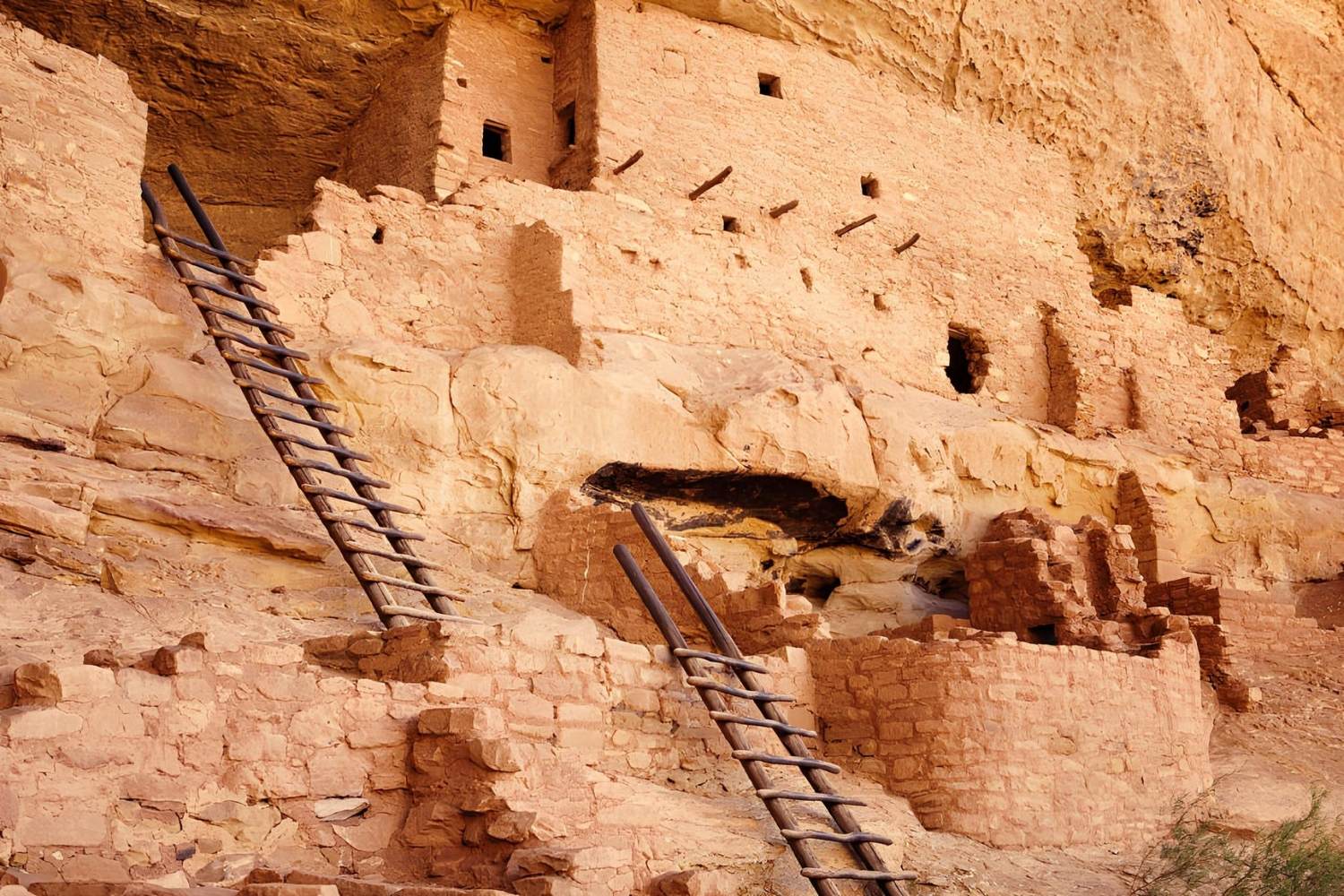Secrets Of Pueblo Granaries In Mesa Verde

Have you ever wondered about the secrets hidden within the ancient granaries of Mesa Verde? These mysterious structures, built by the Ancestral Puebloans, have fascinated archaeologists and visitors alike. Nestled in the cliffs of Colorado, these granaries served as vital storage spaces for corn, beans, and squash. But why did the Puebloans choose such remote locations for their food storage? How did they manage to build and maintain these granaries in such challenging environments? Join us as we delve into the intriguing world of Mesa Verde's granaries, uncovering the ingenuity and resilience of the people who created them.
Secrets of Pueblo Granaries in Mesa Verde
Mesa Verde, a UNESCO World Heritage site in Colorado, is famous for its ancient cliff dwellings. But there's more to this archaeological wonder. The Pueblo granaries are fascinating structures that tell stories of survival, ingenuity, and community. Let's explore some of these hidden gems.
1. Cliff Palace Granary
The Cliff Palace is the largest cliff dwelling in North America. Hidden within its walls are granaries that stored corn, beans, and squash. These granaries were essential for the Pueblo people's survival during harsh winters and droughts.
2. Balcony House Granary
Balcony House offers a more adventurous experience. To reach the granary, visitors must climb a 32-foot ladder and crawl through a tunnel. The granary here is smaller but equally important, showcasing the resourcefulness of the ancient inhabitants.
3. Spruce Tree House Granary
Spruce Tree House is one of the best-preserved cliff dwellings. Its granaries are easily accessible and provide a glimpse into the daily lives of the Pueblo people. The granaries here are well-ventilated, ensuring the stored food remained fresh.
4. Long House Granary
Long House, located on Wetherill Mesa, is the second-largest cliff dwelling in Mesa Verde. Its granaries are strategically placed to protect food from the elements. The Pueblo people used these granaries to store surplus crops, ensuring they had enough food year-round.
5. Square Tower House Granary
Square Tower House stands out with its four-story tower. The granary here is located on the upper levels, making it harder for animals and thieves to access. This clever design highlights the Pueblo people's understanding of security and preservation.
6. Step House Granary
Step House offers a unique experience with its combination of cliff dwellings and pit houses. The granary here is built into the cliff face, showcasing the adaptability of the Pueblo people. This granary stored not only food but also seeds for future planting.
7. Far View Sites Granary
Far View Sites is a collection of mesa-top villages. The granaries here are different from those in the cliff dwellings, built above ground and often circular. These granaries highlight the diversity of Pueblo architecture and their ability to adapt to different environments.
8. Mug House Granary
Mug House, named after a mug found during excavation, features a well-preserved granary. This granary is located in a secluded part of the dwelling, providing extra protection for the stored food. The Pueblo people used this granary to store a variety of crops, ensuring a balanced diet.
9. Oak Tree House Granary
Oak Tree House is a smaller, lesser-known dwelling. Its granary is built into a natural alcove, providing natural insulation and protection. This granary is a testament to the Pueblo people's ability to use their environment to their advantage.
10. Sun Temple Granary
Sun Temple is a unique structure believed to have been used for ceremonial purposes. The granary here is different, possibly used to store food for large gatherings or rituals. This granary highlights the cultural significance of food storage in Pueblo society.
Discovering Ancient Pueblo Granaries
Exploring Pueblo granaries in Mesa Verde reveals a lot about the Ancestral Puebloans. These structures, used for storing corn and other crops, show their advanced agricultural skills. The granaries were built in hard-to-reach places, protecting food from animals and thieves. This ensured survival during tough times.
Visiting Mesa Verde, you can see these granaries up close. They offer a glimpse into the daily lives of the people who lived there centuries ago. The park's guided tours and exhibits provide more context, making the experience even richer.
Understanding these ancient storage methods highlights the ingenuity and resilience of the Ancestral Puebloans. It also reminds us of the importance of preserving historical sites. So, next time you're in Colorado, take a trip to Mesa Verde. You'll walk away with a deeper appreciation for this incredible culture.

